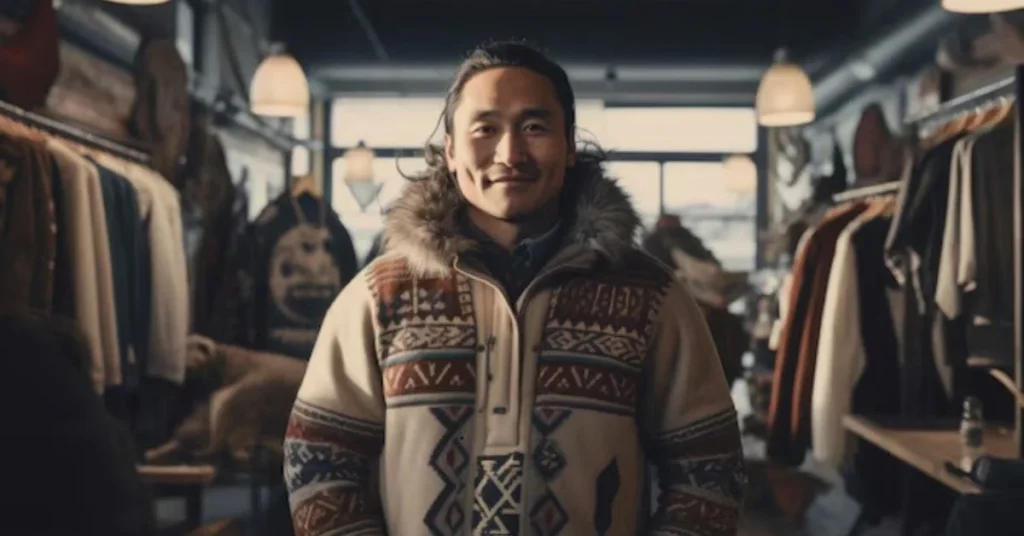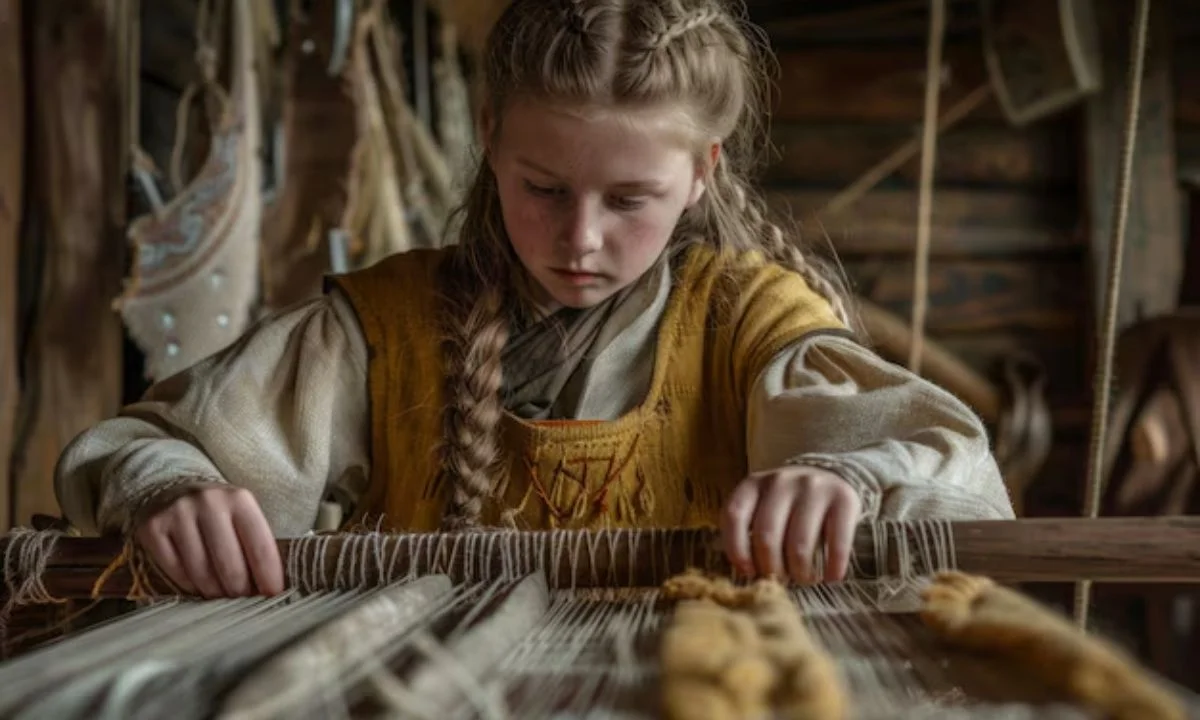The nordic fashion industry is gaining global recognition for its unique blend of style, sustainability, and cultural influences. With countries like Sweden, Denmark, Norway, Finland, and Iceland at the forefront, the Nordic region is transforming how fashion is perceived and produced. This article will explore various aspects of the Nordic fashion, including its history, key players, design philosophies, sustainability efforts, and its impact on the global stage.
A Brief History of the Nordic Fashion Industry
The roots of the nordic fashion industry can be traced back to the early 20th century when designers began to emerge from the region, influenced by their environment and culture. In the 1960s and 1970s, a surge of creativity led to the establishment of several iconic brands, which laid the groundwork for what we see today. The industry’s growth accelerated in the 1990s and 2000s, driven by innovative design and an emphasis on sustainability.
The Role of Traditional Craftsmanship
Traditional craftsmanship has always been an integral part of the Nordic industry. Hand-knit garments, embroidery, and artisanal techniques have been passed down through generations, contributing to the unique aesthetics of Nordic fashion. Designers often draw inspiration from their heritage, blending contemporary styles with traditional craftsmanship to create unique pieces.
Must read Is Old Navy Fast Fashion? Exploring Its Position in the Industry
The Influence of Scandinavian Design
Scandinavian design principles, characterized by minimalism, functionality, and simplicity, have greatly influenced the nordic industry. This design philosophy emphasizes clean lines and neutral colors, allowing the wearer to express their individuality. Many Nordic designers have adopted this approach, resulting in timeless pieces that transcend seasonal trends.
Key Players in the Nordic Fashion Industry
Several brands and designers have emerged as influential players in the nordic fashion. These companies represent the diverse styles and philosophies of the region.
H&M: A Global Powerhouse
H&M, founded in Sweden, has become one of the largest fashion retailers globally. Known for its trendy and affordable clothing, H&M has made sustainability a core part of its mission. The company has introduced eco-friendly collections and committed to reducing its carbon footprint, setting an example for others in the industry.
Ganni: Redefining Modern Feminine Fashion
Danish brand Ganni has gained international acclaim for its playful and vibrant designs. The brand’s approach to fashion emphasizes individuality and self-expression, appealing to a wide range of consumers. Ganni has also focused on sustainability, implementing initiatives such as a recycling program and using eco-friendly materials.

Filippa K: Timeless and Elegant
Filippa K, another Swedish brand, is known for its minimalist and timeless designs. The brand prioritizes quality over quantity, encouraging consumers to invest in long-lasting pieces. Filippa K’s commitment to sustainability includes using organic materials and promoting ethical manufacturing practices.
Sustainability in the Nordic Fashion
Sustainability is a defining characteristic of the nordic fashion. The region is known for its commitment to environmental and social responsibility, with many brands implementing eco-friendly practices.
Eco-Friendly Materials
Nordic designers increasingly focus on sourcing eco-friendly materials, such as organic cotton, Tencel, and recycled fabrics. These materials not only reduce the environmental impact of fashion production but also promote a more sustainable lifestyle for consumers.
Circular Fashion
The concept of circular fashion is gaining traction within the nordic industry. Brands are adopting practices that promote recycling and upcycling, extending the life cycle of garments. This shift towards circularity is essential for reducing waste and minimizing the fashion industry’s environmental footprint.
Transparency and Ethical Practices
Transparency in the supply chain is crucial for building consumer trust. Many Nordic brands prioritize ethical practices, ensuring fair wages and safe working conditions for their employees. By being transparent about their production processes, these brands set a standard for accountability in the fashion industry.
Cultural Influences on Nordic Fashion
Cultural heritage and local traditions play a significant role in shaping the nordic fashion. Designers often draw inspiration from their surroundings, resulting in unique styles that reflect the region’s identity.
Nature and Landscape
The breathtaking landscapes of the Nordic countries have a profound influence on fashion design. The colors and textures found in nature often translate into clothing, with earthy tones and organic materials representing the region’s connection to the environment.

Folk Traditions
Nordic folk traditions continue to inspire modern designers. Elements such as traditional patterns, embroidery, and silhouettes can be seen in contemporary collections, bridging the gap between the past and the present. This fusion of old and new creates a rich tapestry of style that is distinctly Nordic.
Trends in the Nordic Fashion Industry
The nordic fashion industry is known for its ability to adapt to changing consumer preferences and trends. Several key trends are currently shaping the industry’s future.
Minimalism and Functionality
Minimalism remains a dominant trend in Nordic fashion, with an emphasis on clean lines and functional designs. Consumers are increasingly looking for versatile pieces that can be worn in various settings, from casual to formal. This focus on practicality aligns with the region’s design philosophy and lifestyle.
Gender-Neutral Fashion
Gender-neutral fashion is gaining momentum in the Nordic industry, reflecting broader societal shifts towards inclusivity and diversity. Brands are creating collections that cater to all genders, offering styles that break traditional norms. This trend promotes self-expression and challenges conventional fashion boundaries.
Athleisure and Comfort
The rise of remote work and lifestyle changes have fueled the popularity of athleisure and comfortable clothing. The Nordic industry is responding by incorporating sporty elements into everyday wear, allowing consumers to enjoy both style and comfort.
The Global Impact of the Nordic Fashion
As the nordic fashion continues to grow, its influence is felt on a global scale. Nordic designers are gaining recognition in international markets, and their unique approaches to fashion are inspiring designers worldwide.
Expanding International Presence
Nordic brands are increasingly establishing a presence in global markets, attracting consumers who appreciate their unique aesthetics and commitment to sustainability. Fashion weeks and trade shows are providing platforms for these brands to showcase their collections and connect with international buyers.
Collaborations and Partnerships
Collaborations between Nordic designers and international brands are becoming more common, resulting in exciting and innovative collections. These partnerships allow for the exchange of ideas and styles, further enriching the global fashion landscape.
Influencing Fashion Trends Worldwide
The nordic fashion industry is influencing global fashion trends, particularly in areas like sustainability and minimalism. As consumers become more conscious of their choices, the demand for eco-friendly and ethically produced fashion continues to grow, prompting brands worldwide to adopt similar practices.

Conclusion
The nordic fashion industry is a dynamic and innovative sector that continues to evolve. With a strong emphasis on sustainability, cultural influences, and modern design, it is making a significant impact both locally and globally. As the industry grows, it sets an example for the future of fashion, demonstrating that style and responsibility can coexist harmoniously. As consumers become more aware of their choices, the Nordic industry is poised to lead the way toward a more sustainable and inclusive future. Click here!
What is the Nordic fashion?
The Nordic industry encompasses the fashion brands and designers from the Nordic countries, known for their unique styles, sustainability efforts, and cultural influences.
What are some key brands in the Nordic industry?
Notable brands include H&M, Ganni, and Filippa K, each known for its distinctive approach to fashion and commitment to sustainability.
How is sustainability integrated into the Nordic fashion?
Sustainability is a core principle, with brands focusing on eco-friendly materials, circular fashion practices, and transparency in their supply chains.
What cultural influences shape Nordic fashion?
Nordic fashion is influenced by nature, traditional craftsmanship, and local folk traditions, which inspire contemporary designs and aesthetics.
How is the Nordic
industry impacting global fashion trends?
The Nordic fashion industry is setting trends in sustainability, minimalism, and inclusivity, inspiring brands and consumers worldwide to adopt similar values.
